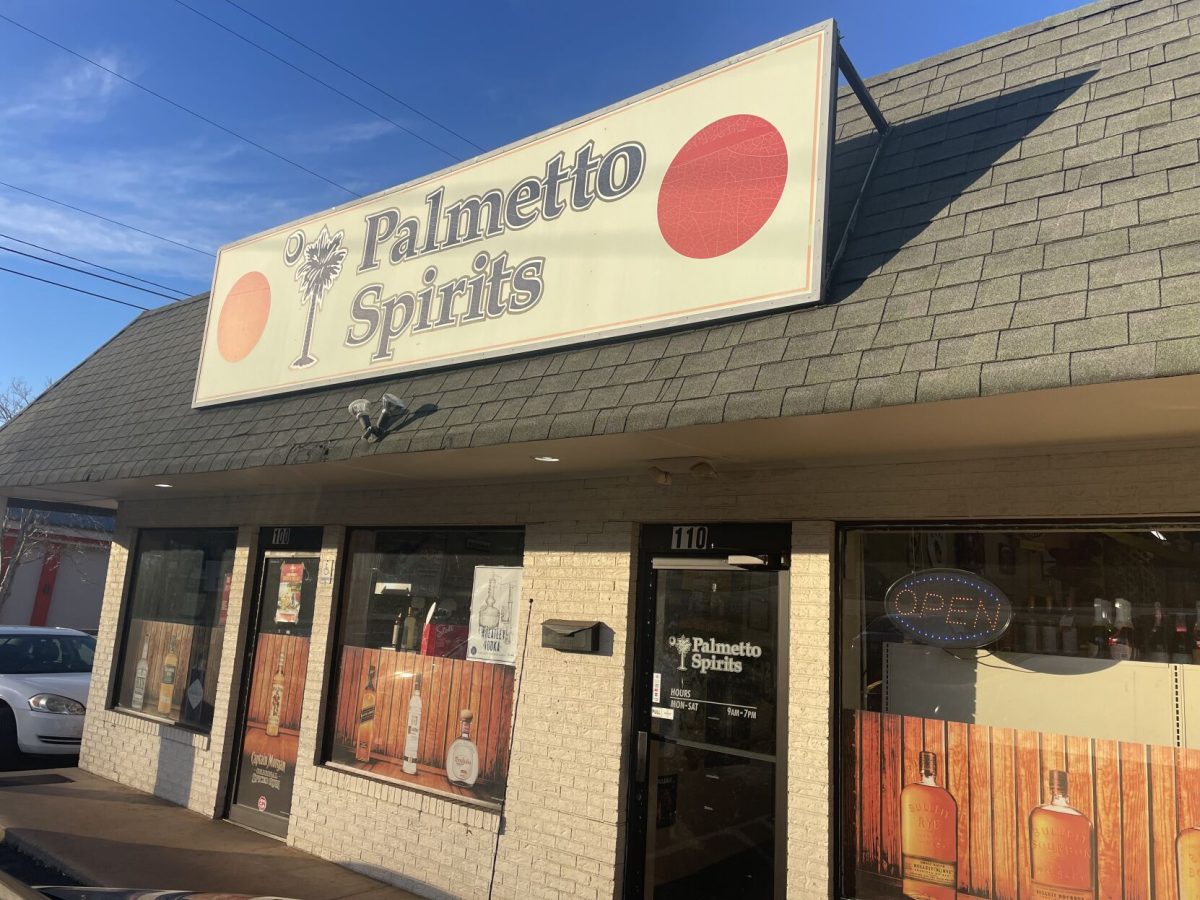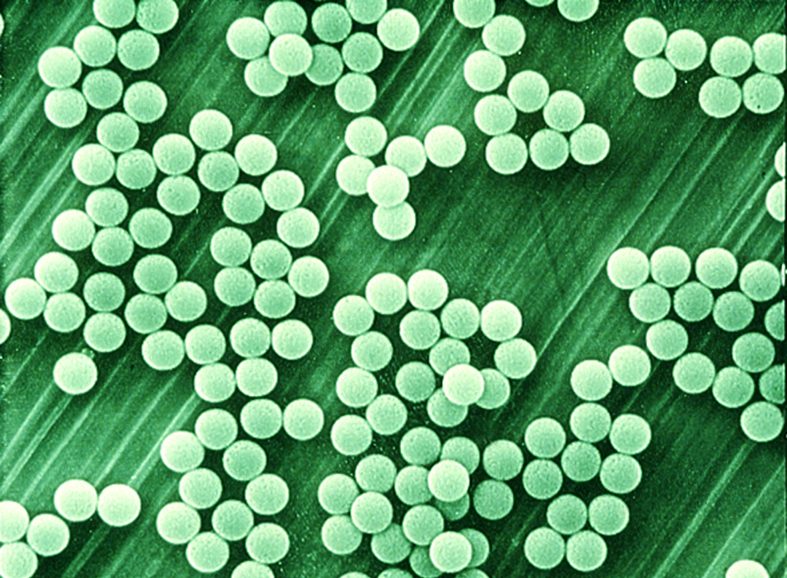Reduce, reuse, and recycle—We have all heard this phrase so many times that the concept of “going green” often makes many eyes roll. Interestingly enough, a sustainable future may depend on plants rather than humans. Cellulose, a key structural component in the cell walls of plants, is the most abundant renewable biopolymer on Earth. A biopolymer is a biodegradable organic molecule that is composed of repeating segments. As recently published in the journal Nature, researchers at the University of Maryland discuss whether cellulose fibrils have the potential to become an alternative technological material that could surpass the use of many plastics.
Cellulose is found in trees, crop waste, and other biomasses. It is a promising candidate in the bioplastic industry, partially due to its abundance. The term ‘fibrillated cellulose’ refers to cellulose fibers that have been divided into tiny fibrils ranging from 4 nanometers to 100 micrometers. To put that into perspective, a human hair is approximately 80-100 nanometers wide, and a piece of paper is about 1000 micrometers thick. The mechanical, thermal, optical, and ionic properties of cellulose fibrils are much more ideal than those of large fibers. These intrinsic and extrinsic properties provide cellulose fibrils with a high resistance to heat and chemicals, which can be incredibly useful in many bio-related applications.
The use of bioplastics is growing in popularity because most petroleum-based plastics take approximately a century to degrade. In the year 2010 alone, the amount of global plastic waste weighed over 275 million tons. Cellulose fibrils, on the other hand, can be degraded by bacteria, fungi, and yeasts that naturally reside in the soil. There are numerous bio-engineering-related applications of fibrillated cellulose such as soft-gels, wound dressing, and tissue engineering. These areas provide much fascination in bioengineering, especially in the integration of soft-gels with living tissues. A practical application of fibrillated cellulose involves producing light-weight car components that could lead to improved mileage and minimized greenhouse gas emissions.
While this type of renewable material seems promising, there are potential challenges that are being faced. For instance, materials made of cellulose show enhanced durability, but this durability often comes at the cost of biodegradability. Researchers are still investigating this trade-off with the hopes of uncovering methods for durable and biodegradable cellulose fibrils. So, remember to be eco-friendly because the future of sustainable living may be entrusted to the plants around you.















